The Genesis of the Anti-Graffiti Network: A Catalyst for Change
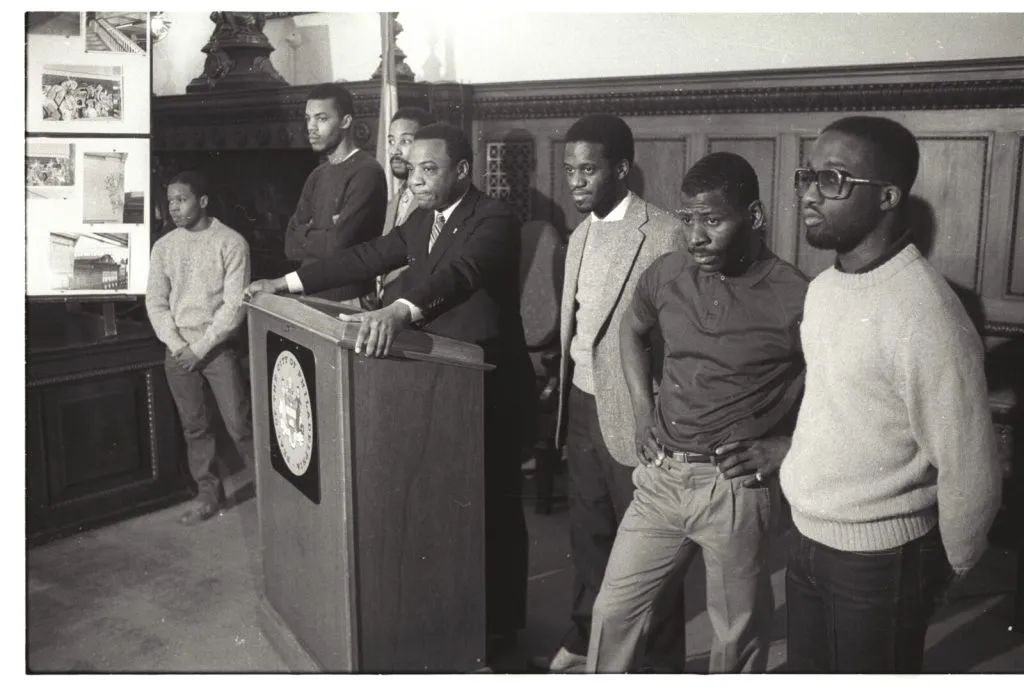
In the 1980s, Philadelphia faced a significant challenge with rampant graffiti. It was a major problem that nearly every building, including churches, was challenged with, and it was the primary issue I said I would solve when I ran for mayor. This issue, more than a mere aesthetic concern, symbolized deeper social and economic problems. I pledged to tackle this problem head-on, not solely for urban beautification but as a means of transformative social change. Upon taking office in 1984, this commitment led to the creation of the Philadelphia Anti-Graffiti Network (PAGN), a program that marked a turning point in our approach to urban decay and youth empowerment.
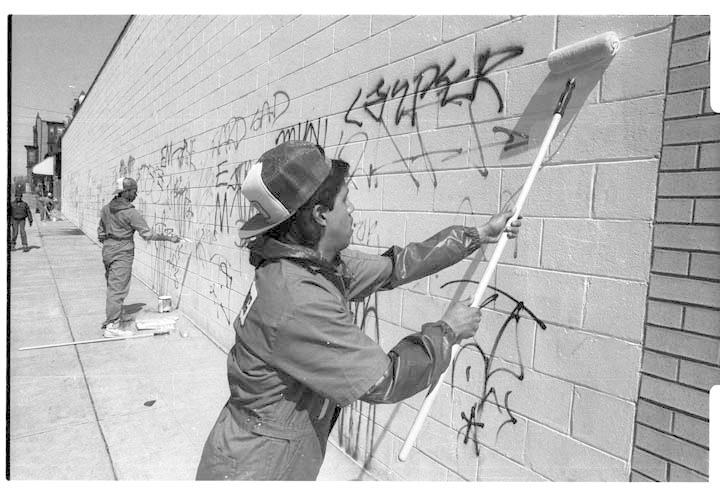
Central to PAGN’s strategy was the belief in the potential of our city’s youth, many of whom were involved in graffiti. We sought to redirect their energies into constructive opportunities, combining law enforcement with community outreach. This approach was aimed not just at cleaning up the city but at providing these young individuals with life skills and employment opportunities.
Early in my tenure, a pivotal event was hosting graffiti artists at the Mayor’s reception, where they turned in their spray cans. People thought I was totally crazy, but this moment symbolized the city’s commitment to directly engaging with and changing the lives of these young artists.
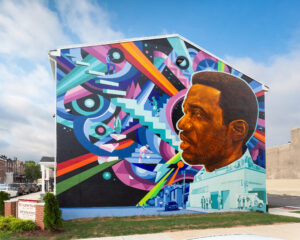
Tim Spencer from the Mantua neighborhood was my very first mayoral appointment; he would lead PAGN as executive director. Later, a young artist named Jane Golden would join and coordinate a six-week summer youth program, which became instrumental in shaping the program’s direction. It was not enough to simply paint over graffiti; rather than erase, it was important to replace it with stories and people who reflected the community. The leadership of Tim and Jane focused on the rehabilitation and empowerment of young graffiti artists. Tim’s community-centric approach, coupled with Jane’s unique blend of artistic talent and a deep understanding of the youth’s challenges, drove the program’s success.
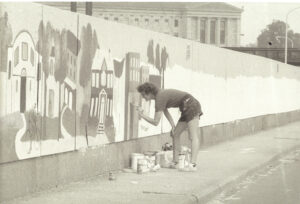
One of the most significant early achievements was the transformation of the Spring Garden Bridge. Led by Jane and a team of young artists, this project was more than a beautification effort; it was a symbolic act of reclaiming public space and altering perceptions of the youth involved.
Despite challenges, including budget cuts and the passing of Tim Spencer in 1996, PAGN evolved into today’s Mural Arts Philadelphia. This evolution stands as a testament to the program’s resilience and the dedication of everyone involved. The over 4,000 murals across Philadelphia are not just artworks; they represent stories of redemption, community resilience, and the power of collaborative vision.
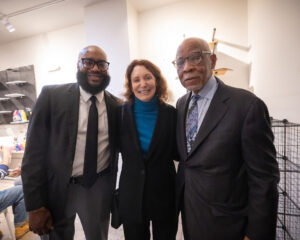
As we celebrate the 40th anniversary of this remarkable program, it’s essential to honor its origins and the principles that guided its inception. The Anti-Graffiti Network was more than an initiative to eradicate graffiti; it was a movement to inspire and uplift, giving our youth a voice and a brush to become architects of their destiny and builders of a brighter future for Philadelphia.
The Honorable W. Wilson Goode Sr., Mayor of Philadelphia, 1984 to 1992